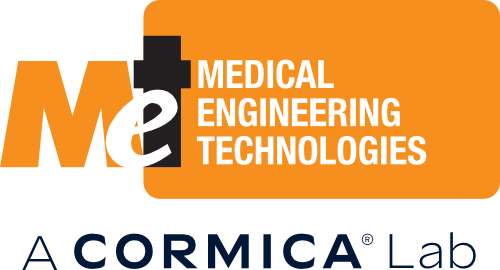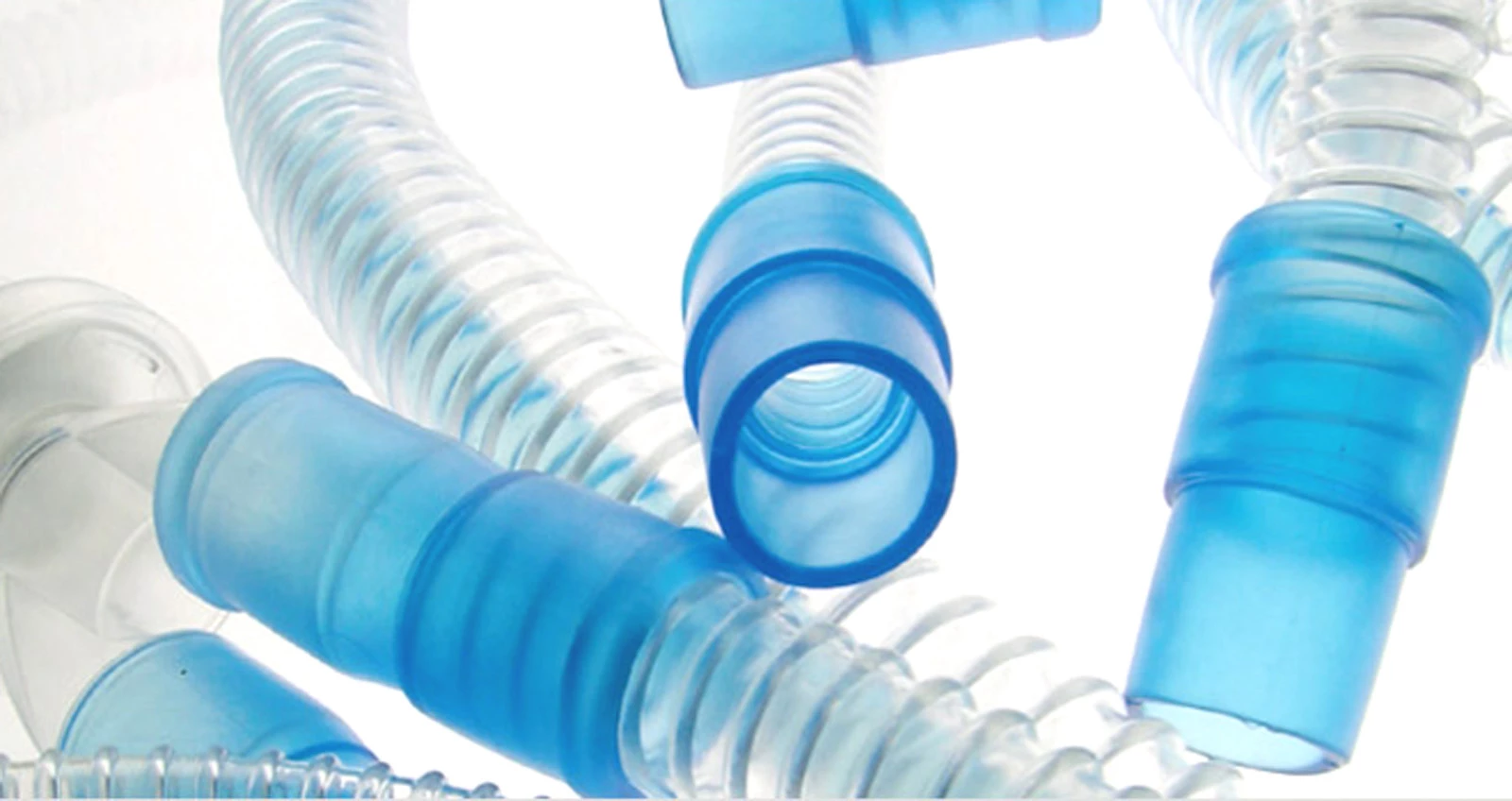Toxicity studies for respiratory components are carried out according to ISO 18562, Biocompatibility Evaluation of Respiratory Gas Pathways in Healthcare Applications. The standard defines three sources of potentially hazardous materials: leachates, volatised materials, and particles. There is a separate section in the series for each source. The tests described should be applied following a risk analysis to assess their relevance and application. The standards have FDA recognition numbers 1-134 to 1-137.
ISO/DIS 18562-2
Tests for Emissions of Particulate Matter
This section of the standard is applicable to any component in contact with inspired airflow. It is particular relevant where there are mechanical parts such as valves or flow regulators. Ventilators, gas supply, and anaesthetic systems are obvious candidates, but filters, nebulisers, and humidifiers also have the potential to generate particles. The worst case for particle release is usually at high airflows, and this should be considered in experimental design.
ISO/DIS 18562-3
Tests for Emissions of Volatile Organic Compounds (VOCs)
Another standard of test methods and risk assessment requirements that apply primarily to materials contacting an inspired air flow (even an incubator). These materials can be released from plastics, adhesives, and greases. The release may be augmented by the presence of medications. The only devices and components for which this analysis is not relevant are those entirely restricted to an expired airflow path with no danger of unintentional inspiration. Experimental design should consider all possible contaminating materials (similarly to an extractables and leachables programme). Capture of the VOCs is usually most affected by low gas flows, allowing a longer dwell time for leaching and capture.
ISO/DIS 18562-4
Tests for Leachables in Condensate
This analysis considers the possibility of condensate from expired air flowing back towards the patient. Most manufacturers will have carried out ISO 10993 studies for mucose membrane contact on ‘near to patient’ components previously. These results are still applicable as long as more distant components, which form part of condensate return paths, have been considered. Your risk analysis will be extremely useful here.

